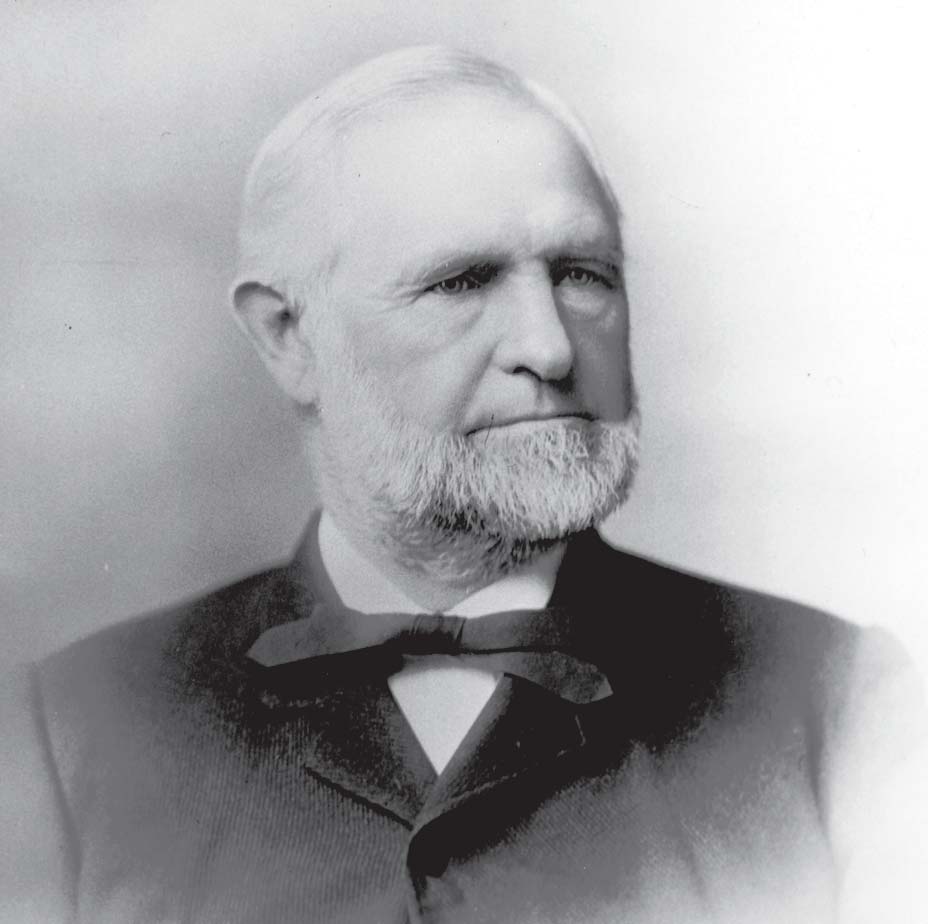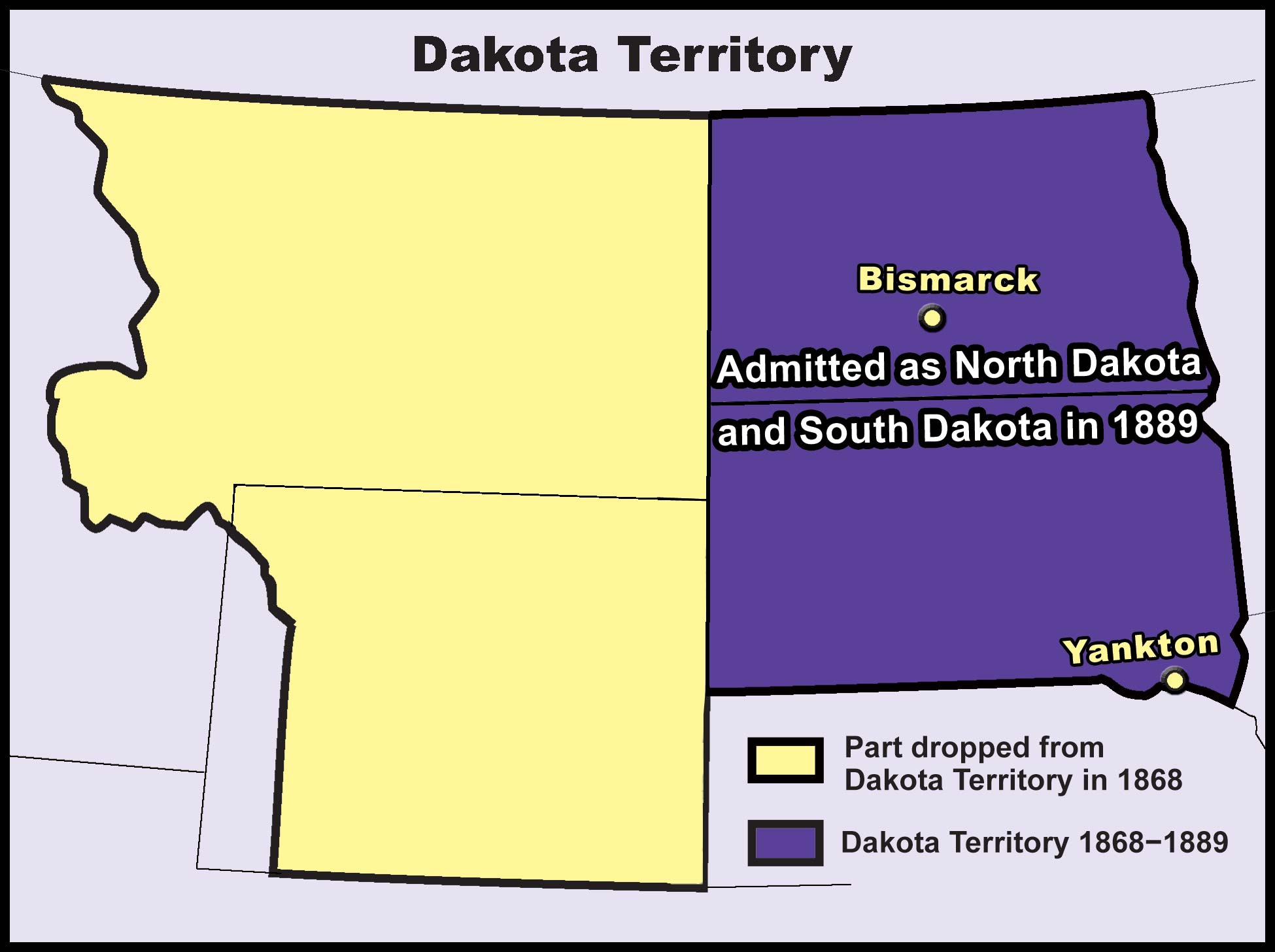The government of a territory was different from the government of a state. The governor and other top territorial officials were not elected by the residents of the territory; instead they were appointed by the U.S. president.
Abraham LincolnU.S. President who appointed the first governor of Dakota Territory became president of the United States on March 4, 1861. President Lincoln appointed his personal physician, Dr. William JayneFirst governor of Dakota Territory to be the first governor of Dakota Territory.
The legislature, or law-making body, of the territory was composed of a house of representatives and a senate. Sessions of the house and senate often got very noisy and rowdy with much time spent in disagreement among the members of the large territory.
The territory had one representative who was sent to the U.S. Congress. Unlike the representatives from states, the territorial representative had no power, because he was not allowed to vote.
The capital of Dakota Territory was Yankton, located in the southeastern corner of the present-day state of South Dakota. Dr. Jayne, the first territorial governor, lived in a small log cabin, which also served as the governor’s office.

Figure 1. William Jayne was the first governor of Dakota Territory. (SHSND A2856)
Dr. Jayne resigned as governor of Dakota Territory after serving two years. Several other governors served the territory over the next quarter century (25 years). Most governors were from cities in the East. Sometimes they were more concerned about their salary (pay) than they were about the people they were governing. Many of the territorial governors were unpopular with the residents of Dakota Territory.
In 1868, new territories were formed, causing Montana and Wyoming to be dropped from Dakota Territory. The remaining residents of the northern and southern parts of Dakota Territory did not have much in common, and their ideas grew further apart as time went on. Many residents wanted the territory divided.

Figure 2. Dakota Territory, 1868-1889. (SHSND-ND Studies)
Congress (the U.S. legislature) was in charge of organizing and naming territories, so a bill was introduced in Congress to split Dakota Territory and name the northern part “Pembina Territory.” Beginning in 1871, and for about a dozen years, the Pembina Territory bill was introduced in Congress. Some years it passed the Senate, and some years it passed the House of Representatives, but it never passed both houses during the same session, so Pembina Territory was not created. If the attempt had succeeded, the state would probably have been named “Pembina” instead of “North Dakota.”
Dakota Territory was divided into counties, but the counties were much larger than they are today. Often towns would fight over which town should be the county seat, or headquarters, of the county government.
Elections were held in each county to determine the location of the county seat, but sometimes cheating went on at the elections so that the results were not always accurate. At times, people from one town would sneak into the county seat at night and steal the records. Whichever town had the records became the county seat. The most powerful official in the county was the sheriff. The treasurer was next in importance.


